Specimen #2244
Name: Opal on Chalcedony and Opal on Calcite
Type: Mineral
Locality: Calasetta, Carbonia-Iglesias Prov,. Sardinia, Italy
Favorite? N
Fluorescent? N
Size: 8.0 x 4.5 x 4.0 cm
Weight:
Acquired: 2011-03-31
Source: Trinty: Giorgio Spiga
Label: N
Comment: Absolutely a very interesting sample, fluorescing on the whole UV spectrum. It was found inside small vugs in the andesitic rock near Calasetta, a nice sea place, in front of the St. Peter isle, not very far from Sant’Antioco where I find the Hyalite,. The vugs are lined by a centimetric layer of crystallized calcite, supporting a second thin layer of a silicate material on which the Opal in botryoidal aggregates is perched. This sample consists in an andesitic rock matrix on which we can see a creamy calcite layer 1-1.5 cm thick covered with a greyish silicatic material (1-1.5 mm thick) supporting clusters of opal in botryoidal aggregates up to 3 mm as diameter, with a grey bluish colour. The calcite is strongly white fluorescent with all the sources (250, 310, 370 nm) while the silicate material (probably hydrophane, but it is very difficult to state it, even by mean of XRD) is fluoresces white with the 370 nm source and green and green with the 250nm and 310nm nm ones. I never sow before a calcite fluorescent with short wave). Opal AN is the last name for labelling what was before labelled as Hyalite, A indicates an amorphous mineral while N indicates a network-like structure In this specimen it shows a typical green fluorescence with low wave length sources (very strong under the 250 nm source, weaker with 310 nm) and a definitely unusual strong blue fluorescence with the 370 nm source. The fluorescence colours of the pics I see in my display are very close to the colours I see with my own eyes. Passing to an identification of the present minerals I feel like to say: 1) no doubt about the calcite both for the habit and for the gas development with HCl, 2) the silicatic layer can be considered a sort of chalcedony-opal (very frequently fluorescent), it is possible we are in presence of Hydrophane but there is no analytical proof of it, 3) The Opal botryoidal aggregates are not transparent like the Hyalite we use to find in Sant’antioco, but show a green fluorescence with low and mid wave length UV light. With regard to the blue fluorescence with the 370 nm source, I can only say that I never sow before an opal fluorescent with long wave. The sample is undamaged.
Minerals:  Calcite (CaCO3)
Calcite (CaCO3)  Chalcedony
Chalcedony  Opal (SiO2 n(H2O))
Opal (SiO2 n(H2O))
There are 9 pictures on file
M02244-01.jpg:
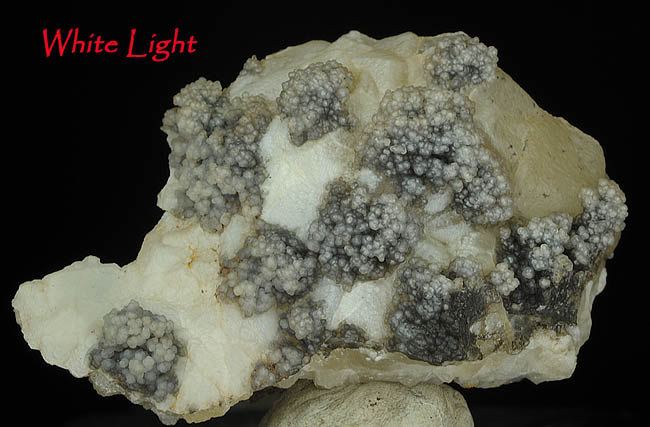
M02244-02.jpg:
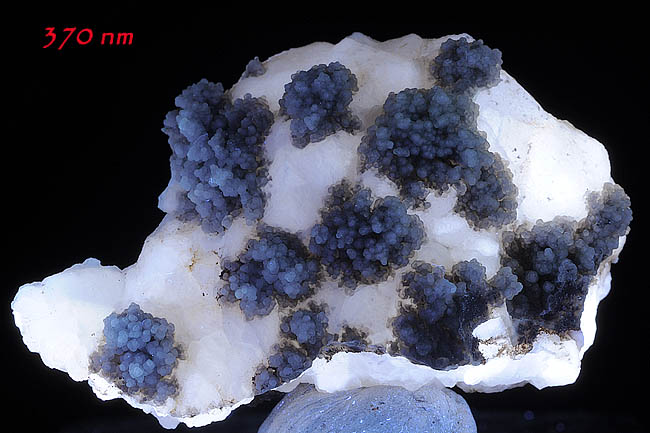
M02244-03.jpg:
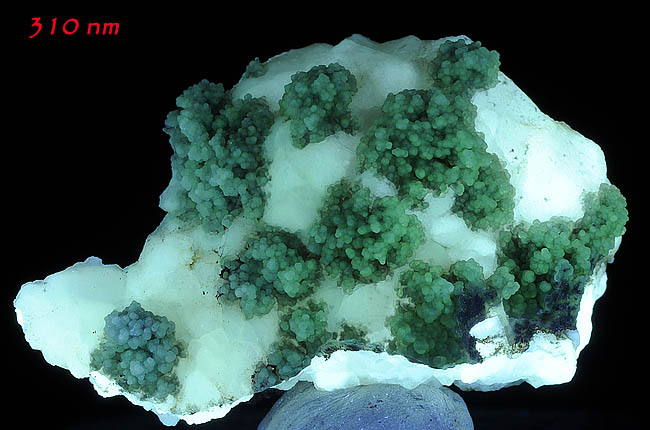
M02244-04.jpg:
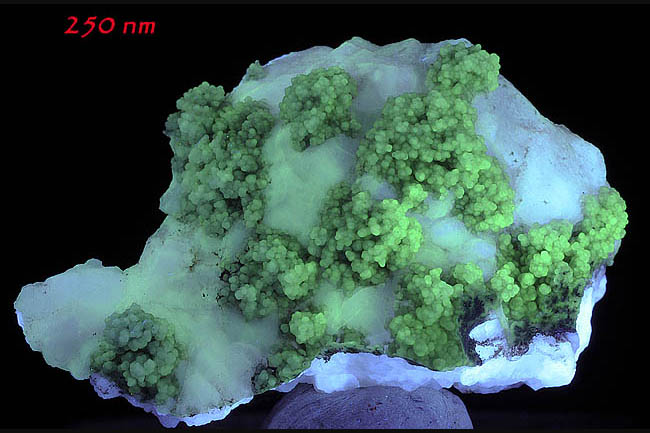
M02244-05.jpg:
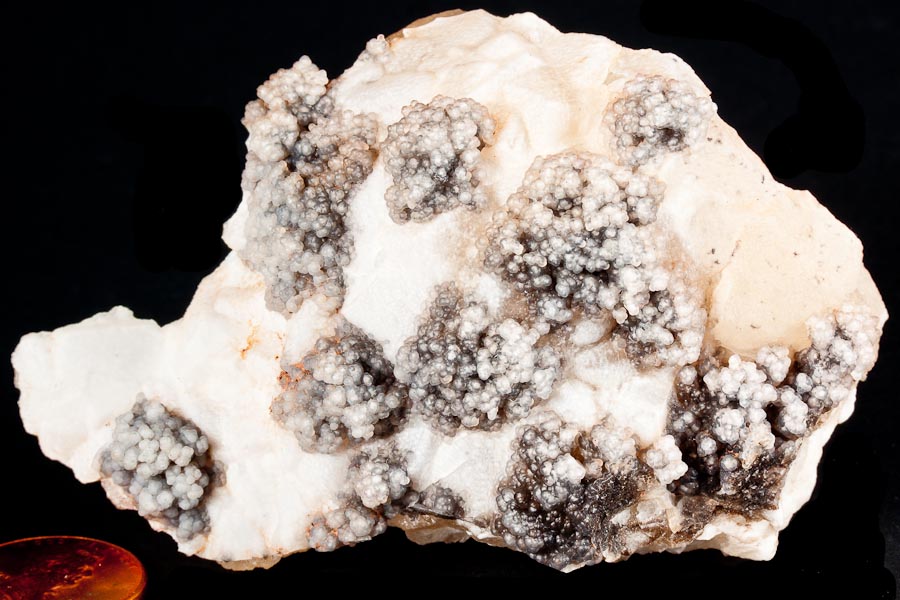
Opal on Chalcedony and Opal on Calcite, Calasetta, Carbonia-Iglesias Prov,. Sardinia, Italy - 8.0 x 4.5 x 4.0 cm
M02244-06.jpg:
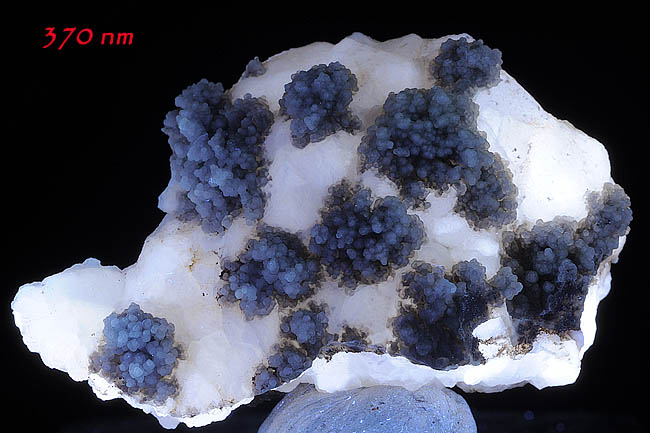
370 nm UV, Opal on Chalcedony and Opal on Calcite, Calasetta, Carbonia-Iglesias Prov,. Sardinia, Italy - 8.0 x 4.5 x 4.0 cm
M02244-07.jpg:
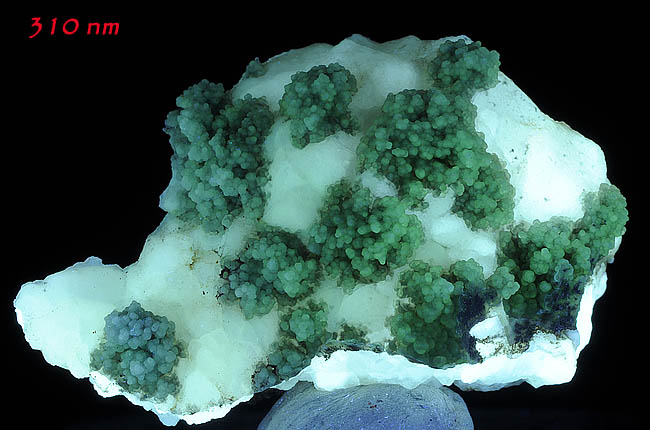
310 nm UV, Opal on Chalcedony and Opal on Calcite, Calasetta, Carbonia-Iglesias Prov,. Sardinia, Italy - 8.0 x 4.5 x 4.0 cm
M02244-08.jpg:
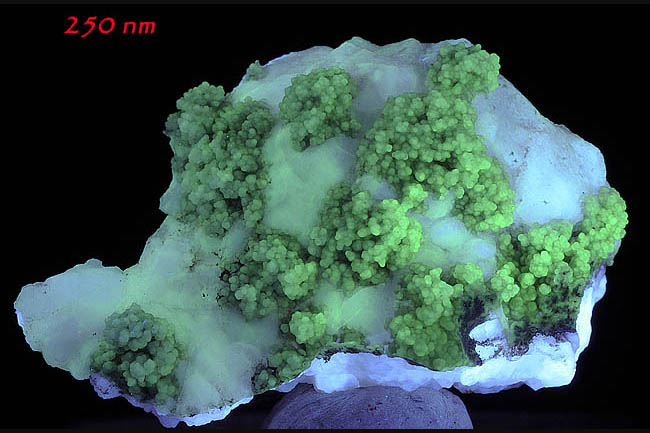
250 nm UV, Opal on Chalcedony and Opal on Calcite, Calasetta, Carbonia-Iglesias Prov,. Sardinia, Italy - 8.0 x 4.5 x 4.0 cm
M02244-09.jpg:
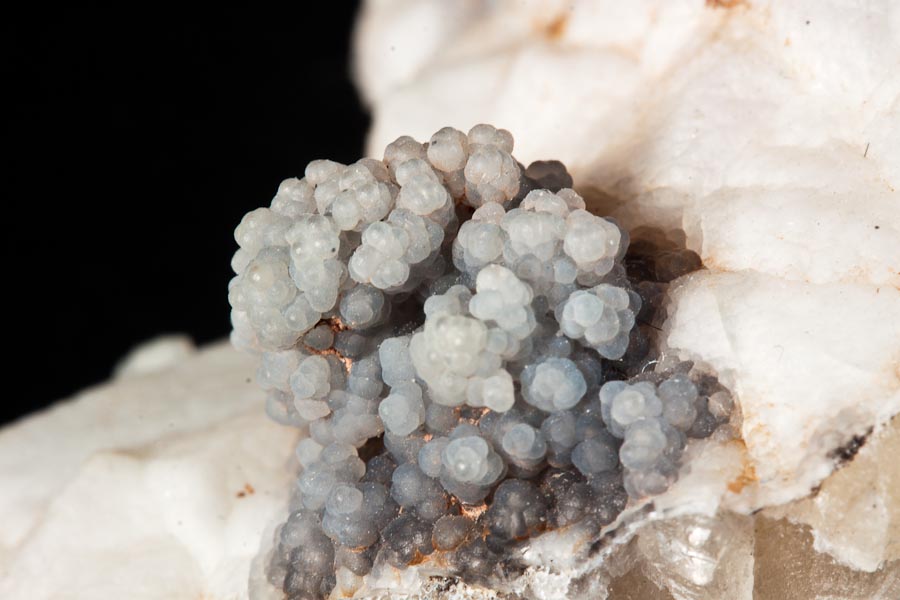
Opal on Chalcedony and Opal on Calcite, Calasetta, Carbonia-Iglesias Prov,. Sardinia, Italy